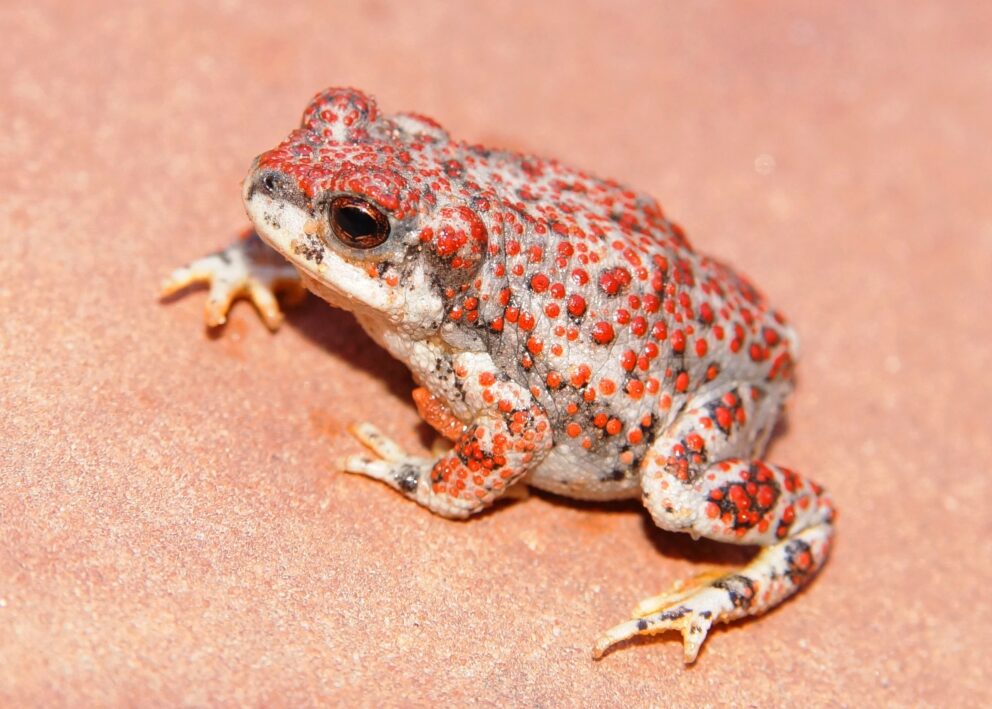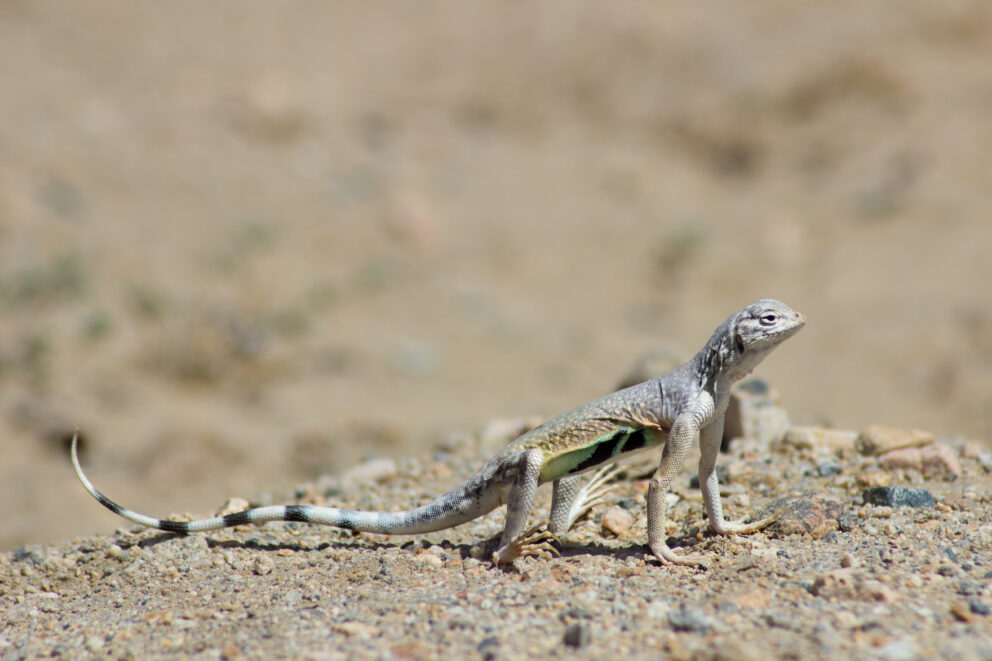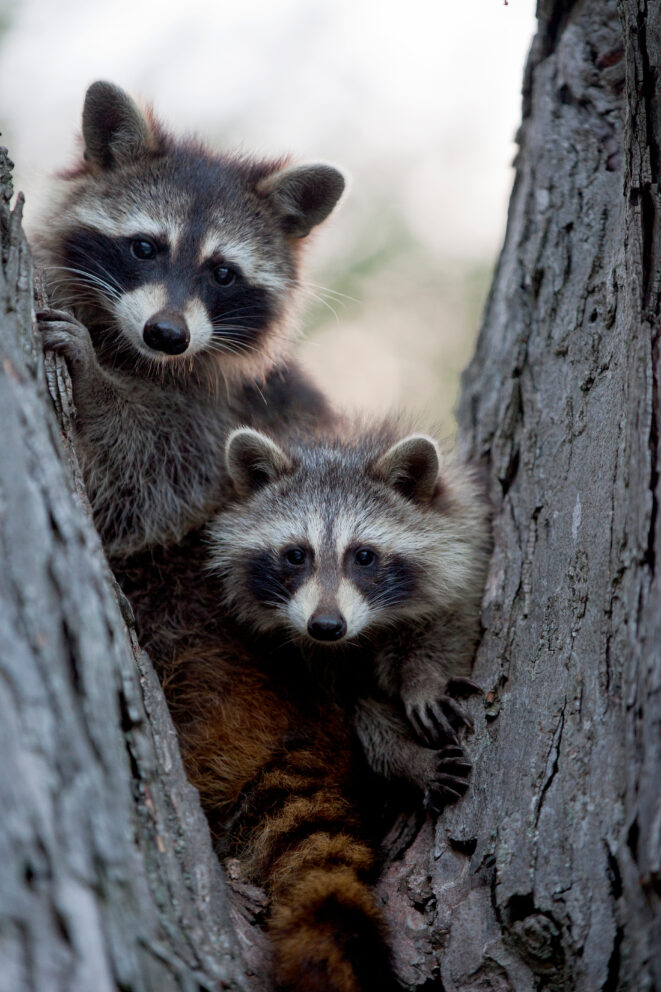- SCIENTIFIC NAME
- Myotis velifer
- CLASSIFICATION
- Mammal
- LIFE SPAN
- 10-15 Years
- SIZE
- 3.8-4.5” | 0.025-0.031lbs
- STATE CONSERVATION STATUS
-
- Priority Species
- State Protected
- FEDERAL CONSERVATION STATUS
- Least Concern
- GAME STATUS
- Non-Game
- GAME TYPE
- None
- Washoe
- Humboldt
- Pershing
- Churchill
- Mineral
- Lyon
- Douglas
- Carson City
- Storey
- Elko
- Lander
- Eureka
- White Pine
- Esmeralda
- Nye
- Lincoln
- Clark
Habitat & Range
The Cave Myotis is found primarily at lower elevations in arid habitats that are dominated by creosote bush, palo verde, brittlebush, cactus, and desert riparian shrubs.
- Caves
- Mines
- Mojave desert
Threats
- Habitat Loss
- Roost Disturbance
Natural History
The Cave Myotis is insectivorous, meaning they eat insects. They will primarily feed on moths and sometimes beetles and weevils, leaving their cave roosts shortly after sunset to go hunting. Like other bats, they use echolocation to aid in finding prey while in flight. Females will usually give birth to one pup each year, around mid-April and May. They will form large maternity (or nursery) colonies, but the colony will disperse as soon as their young are weaned. Here, pups are protected and nursed by the adult females. Like most other bats, the Cave Myotis gives birth to one pup in late spring or early summer. Young bats will fly on their own by the time they are only five weeks old!













